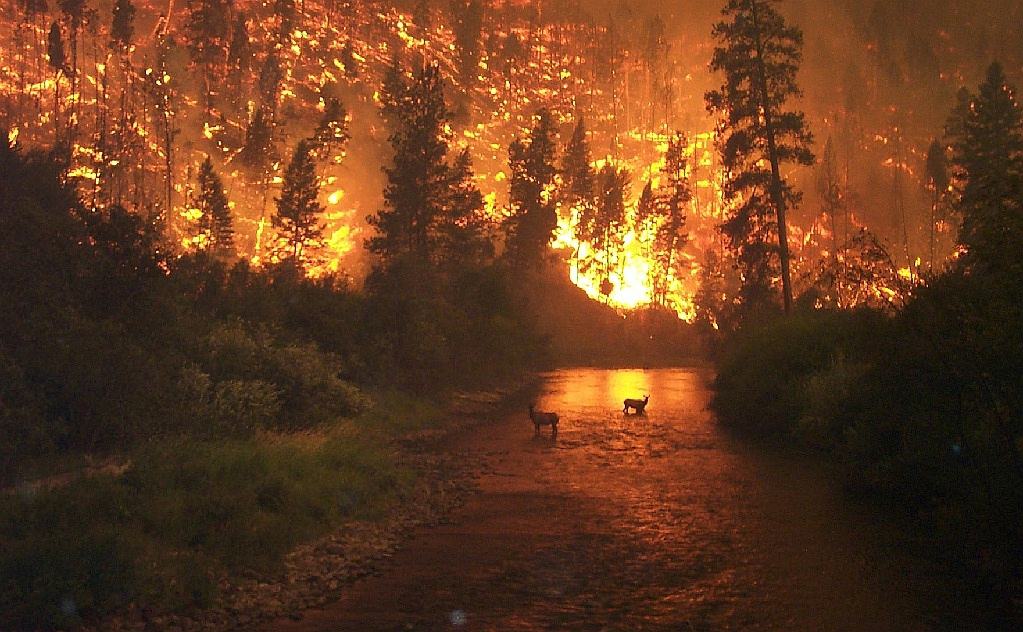Background

In 1932, the first-ever Academy Award for an animated feature was awarded to Flowers and Trees, a Technicolor®, hand-drawn cartoon produced by Walt Disney himself.
The animated short presents the story of a romance between two trees whose forest home is set ablaze by a decaying stump. Ultimately, the fire is extinguished and the anthropomorphized trees have a happy ending.
Nearly 100 years later, this animation is still endearing to watch, but, more importantly, highlights an ever-worsening issue: wildfires.
Wildfires

The frequency and severity of wildfires worldwide is rapidly increasing. In fact, extreme wildfires are forecasted to increase 14% by 2030.
At any given moment, fires are ignited and spread, affecting millions of acres of land all around the globe. Wildfires can be sparked by lightning, extreme heat from the sun, negligent human behavior, or arson. But whatever the cause, the results can be devastating. Notably, wildfires can threaten the biodiversity of an area, possibly wiping out critically endangered species, habitats can be altered, and humans and animals face health risks due to smoke exposure.
The well-reported 2019–2020 Australian bushfires burned more than 46 million acres of land, which is about the same area as that of the country of Syria. The bushfires caused $4–5 billion worth of economic losses to Australia, including loss of crops, livestock, food, homes, and human lives. Furthermore, one-third of the already endangered population of koalas is estimated to have been killed by the fires.
What’s Next

Human activities, including deforestation, urbanization, agricultural expansion, and industry, play both a direct and indirect role in the ignition and spread of wildfires by altering the land, causing increased global temperatures, and creating highly flammable environments.
It’s important that we’re aware of the severe consequences of wildfires. In Flowers and Trees, the plants and animals join forces to stop the blaze; so too should humans come together to proactively mitigate the factors leading to wildfires starting.
Because if Earth burns, we burn.
You may also like:
Join our Forum for free today!

- Glow-in-the-Dark Sharks & Other Fascinating Bioluminescent Fish - July 10, 2024
- Why Flamingos Are Totally Hardcore - July 3, 2024
- Nuclear Tech to Combat Poaching: Radioactive Rhino Horns - July 2, 2024

